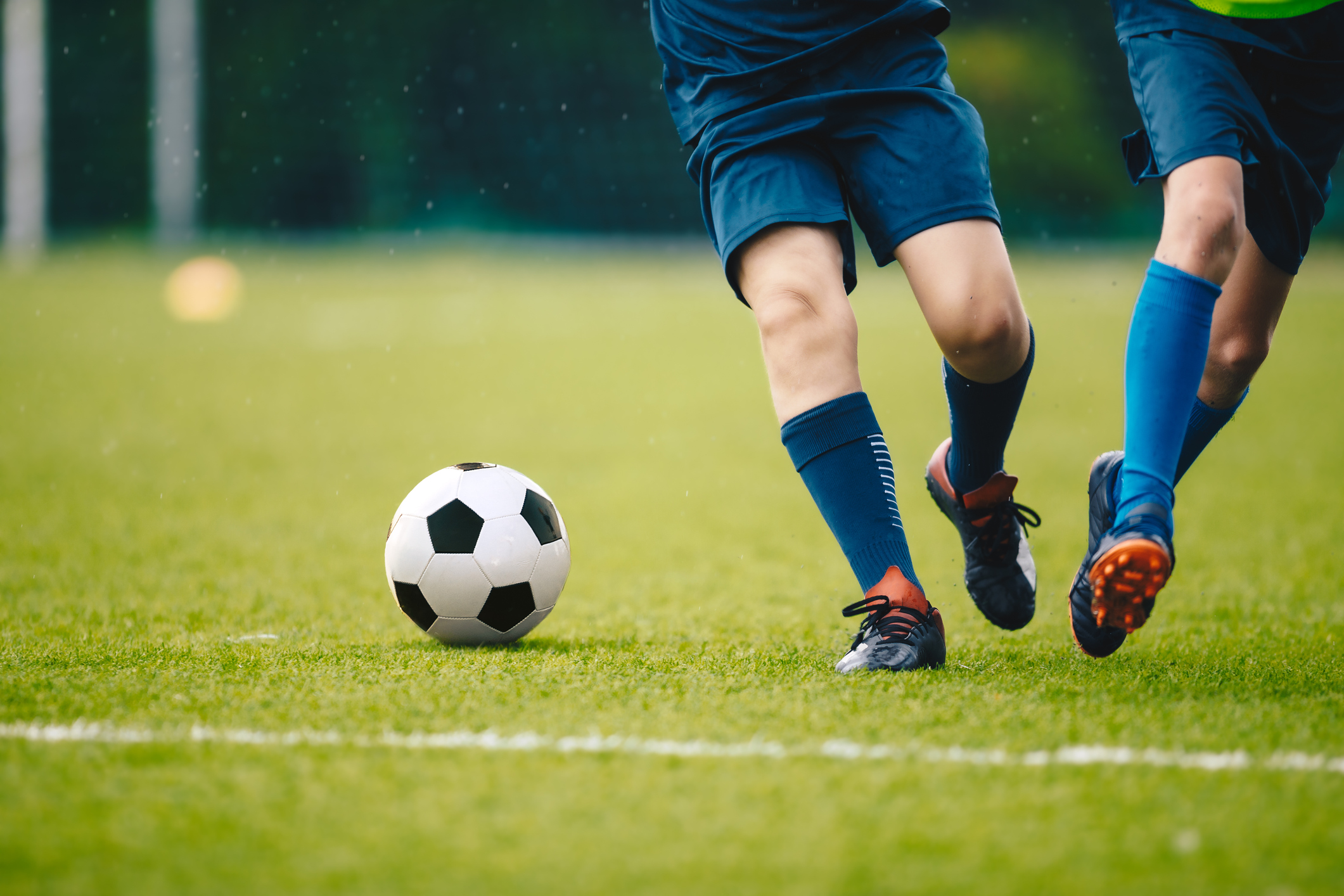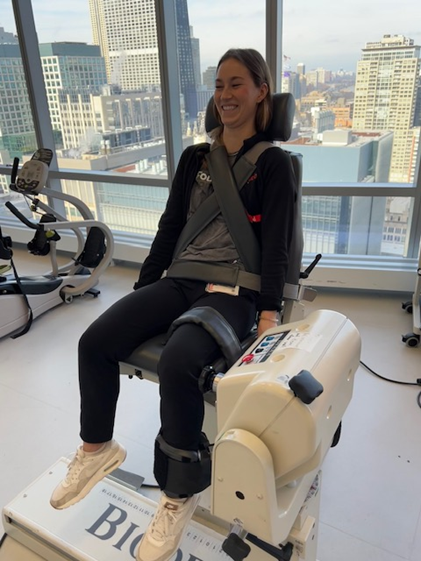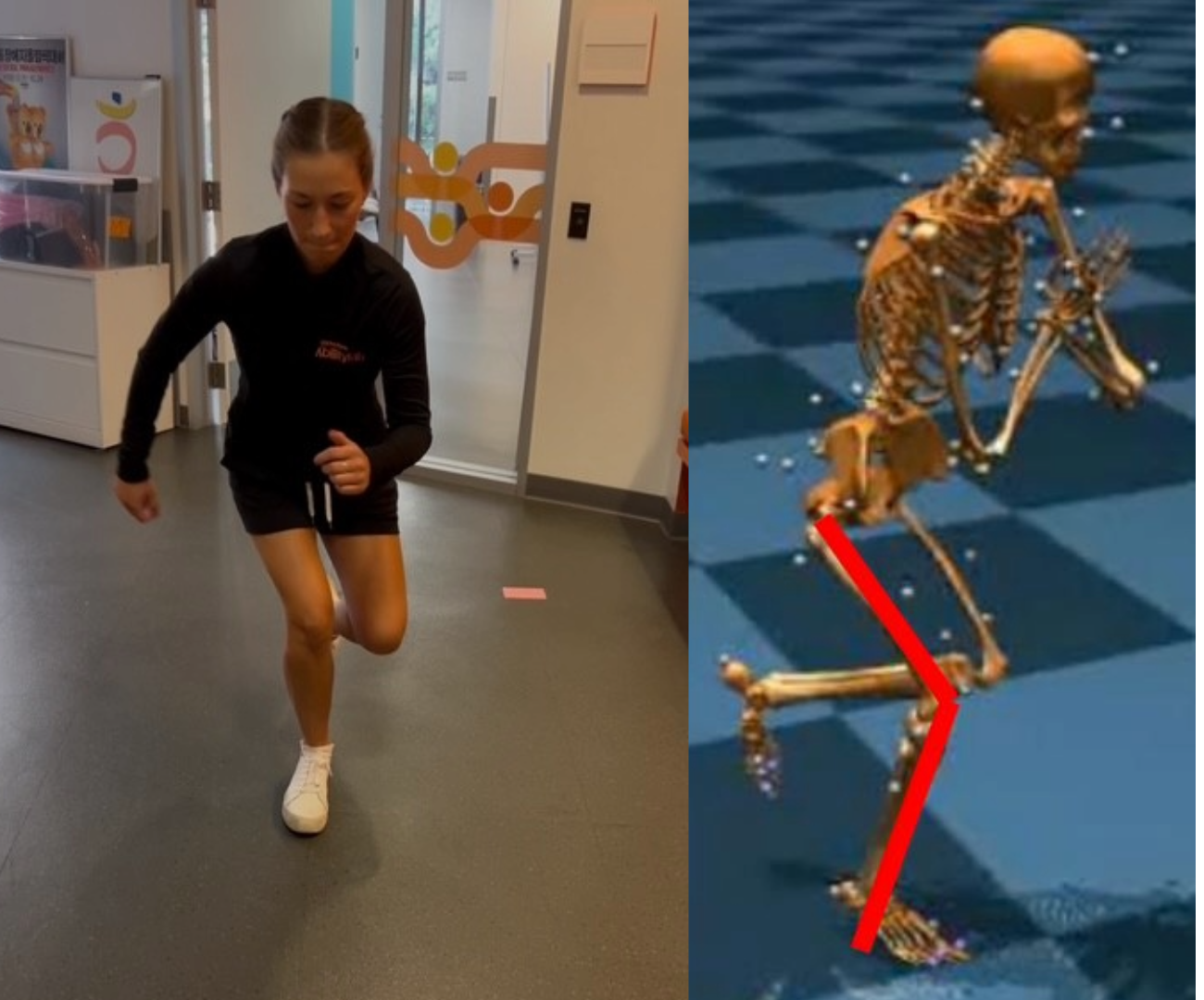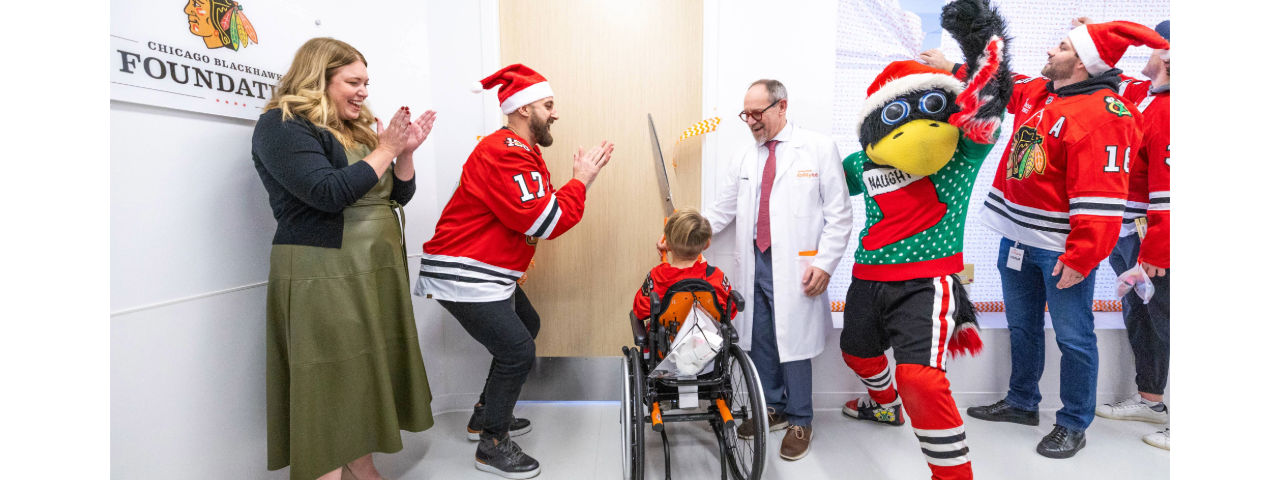Body
For athletes and fitness enthusiasts alike, one of the toughest parts of recovering from an injury isn’t the pain or the rehabilitation — it’s the waiting. Whether recovering from an ACL reconstruction, a rotator cuff repair or a nagging ankle sprain, the urge to get back to running, lifting or playing your favorite sport can be overwhelming. However, returning too soon is one of the biggest risk factors for reinjury, and the consequences can set you back months — or even years.
Why Timing Matters
Body
Take the ACL — that is, the anterior cruciate ligament — as an example. The ACL is an important band of tissue that connects the thigh bone and shin bone. ACL tears are a common and serious type of knee injury that can sideline athletes from their sport.
Research shows that athletes who return to “pivoting” (or quick, change-of-direction sports, such as soccer or basketball) within nine months of ACL surgery are significantly more likely to experience a re-tear compared to those who wait longer and follow a structured rehabilitation program. Even when pain is gone and strength feels “good enough,” your body may not be ready. Ligaments and tissues continue healing long after symptoms subside, and deficits in strength, coordination and reaction time often linger beneath the surface for much longer.
This isn’t just a concern for competitive athletes. Recreational runners, weekend soccer players or other high-intensity exercise enthusiasts are equally at risk if they rush back. Returning too soon can mean more than reinjury — it can mean chronic pain, reduced performance and even giving up the activities that bring you joy.
Barriers to Returning Too Soon
Body
So why do so many people cut corners in their recovery? A few common barriers stand out:
- Limited or outdated diagnostics: In many clinics, progress is gauged by simple strength tests or “eyeballing” movement. Without data, it’s easy to overestimate your readiness.
- Physical therapy that isn’t challenging enough: Some rehabilitation settings focus on restoring basic daily function — walking, sitting or climbing stairs. However, sports demand explosive strength, agility and endurance. If therapy doesn’t simulate those demands, athletes may assume they’re ready when they’re not.
- Insurance caps and session limits: Many patients may only have a certain amount of therapy sessions covered by insurance and may return to their sport before being ready for high-level activity.
- The mental game: Naturally, athletes want to get back to their sport — friends, coaches or teammates may encourage an early return. That pressure can override caution.
A Smarter Way Forward
Body
The good news is that advances in research and technology are reshaping how athletes of all levels can return to their sport. For example, at Shirley Ryan AbilityLab, our clinicians combine traditional rehabilitation with cutting-edge assessment tools to create a clearer, safer pathway. Here are three examples:
Objective assessments: Advanced technology such as the Biodex system allows us to measure strength, power and symmetry in ways that can’t be captured by the naked eye. In fact, Shirley Ryan AbilityLab is one of the few places to offer this assessment in the Chicagoland area — at our hospital located in Chicago’s Streeterville neighborhood.
With this technology, our physical therapists can ask — and answer — important questions to support your recovery: Is your surgical leg producing the same torque as your healthy one? Are your hamstrings strong enough to stabilize your knee under stress? Instead of guessing, we use data to track progress and guide decision-making.

Functional testing: We don’t stop at machines. Our return-to-sport testing includes jump analysis, change-of-direction drills and functional strength assessments that replicate real-life demands. The goal is to bridge the gap between the clinic and the field, gym or running trail to make sure you are ready for the demands of your sport.
Future-focused research: At Shirley Ryan AbilityLab, our translational model means clinicians and researchers work together to apply evidence-based insights directly into patient care to support better outcomes.
For instance, we’re currently piloting markerless motion capture technology as part of our return-to-sport testing research. Unlike traditional motion analysis that requires reflective markers and specialized labs, these systems use advanced cameras and software to capture movement naturally — without extra equipment on the athlete.
The promise of this research is significant. By analyzing your knee biomechanics during high-demand activities like quick changes of direction, jumping or landing, we can detect subtle asymmetries and compensations that aren’t otherwise visible. This type of data has the potential to provide a more objective and precise assessment of sport readiness, helping us reduce your reinjury risk and tailor return-to-sport programs with even greater confidence.

While this technology is still in the research phase, it represents the future of rehabilitation — one where recreational athletes, weekend warriors and fitness enthusiasts will have access to the same advanced insights once reserved for elite athletes.
Beyond the ACL: A Return to All Sports, for All Athletes
Body
While ACL injuries are one of the most studied examples, the same principles apply across the board. Shoulder instability in swimmers, Achilles tendon repairs in recreational basketball players, and even chronic tendon injuries in runners all require a thoughtful, staged return to activity. In fact, all patients deserve the same careful assessment and data-driven guidance. The demands of sports — whether it’s sprinting after a soccer ball or swinging a tennis racquet — go far beyond what’s required for day-to-day life.
By embracing technology, research and evidence-based programs, you can reduce your risk of reinjury; ensure your body is strong, balanced and resilient enough to meet the demands of high-level activity; and return to sport with confidence.
So, whether you’re chasing a personal best, competing in a weekend tournament, or simply enjoying the sport you love, patience and planning are your best teammates.
Meet the Expert
Body
David (Dave) Hurley, PT, DPT, OCS, FAAOMPT received his doctorate of physical therapy from Northwestern University in 2017 and became board-certified as an orthopedic clinical specialist in 2020. He is a 2022 graduate of the Northwestern University Fellowship in Advanced Orthopedic Physical Therapy Practice, Research, and Education and is recognized as a fellow of the American Academy of Orthopedic Manual Physical Therapists.
He has treated athletes of all skill levels and more recently served as team physical therapist for DePaul University Division I Athletics (2021–2024). His specialties include management of spine-related disorders, post-operative ACL rehabilitation, return-to-sport testing, and running-related injuries.
In addition to his clinical work, Dr. Hurley serves as a mentor and lecturer in the Northwestern University Physical Therapy Advanced Orthopedic and D1 Sports Fellowship Programs. He is passionate about working with athletes and a diverse orthopedic population, using evidence-based treatments to optimize function and promote lasting health and wellness. His research at Shirley Ryan AbilityLab is focused on improving return to sport testing using advanced measures such as markerless motion capture technology.

